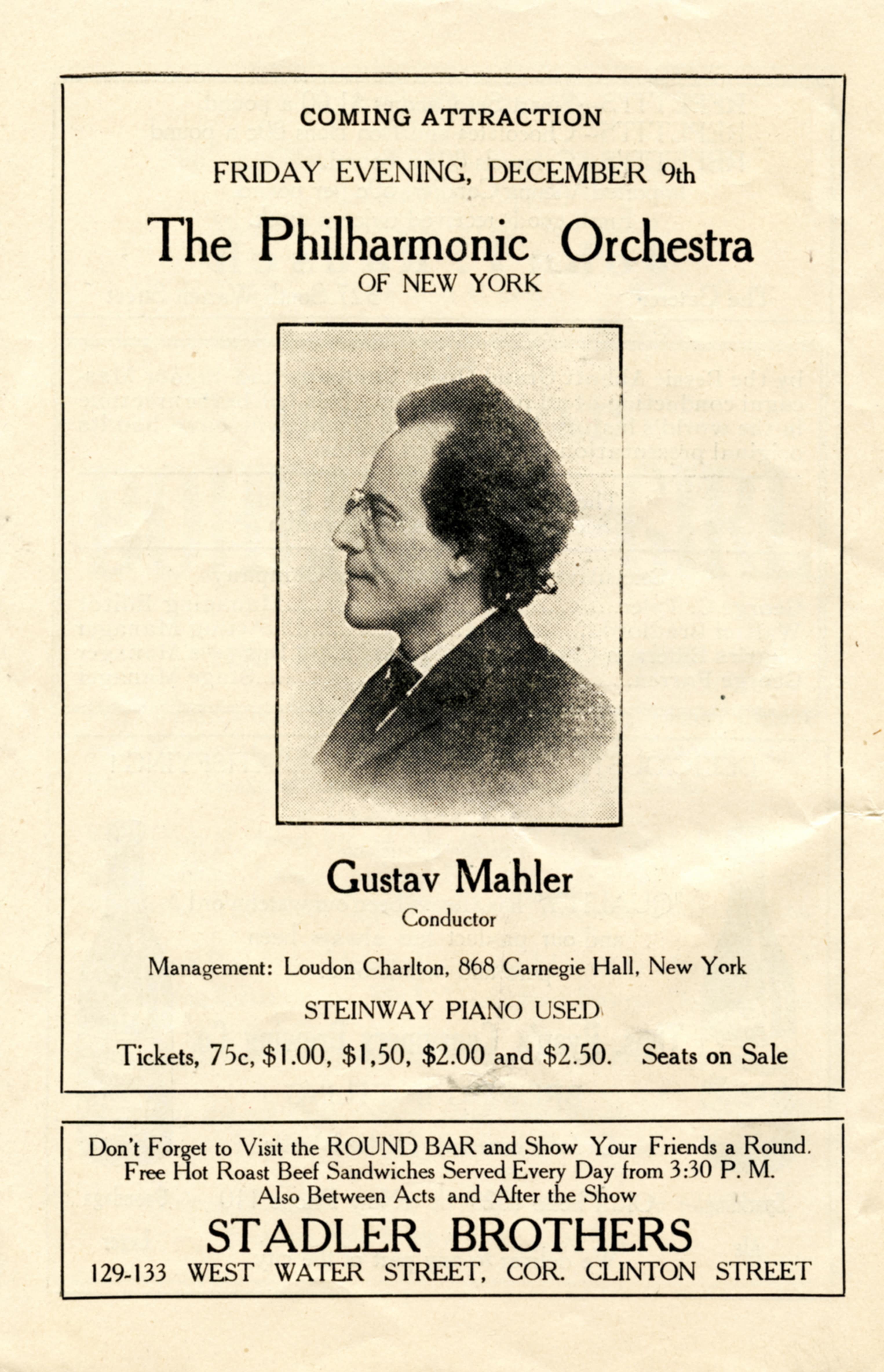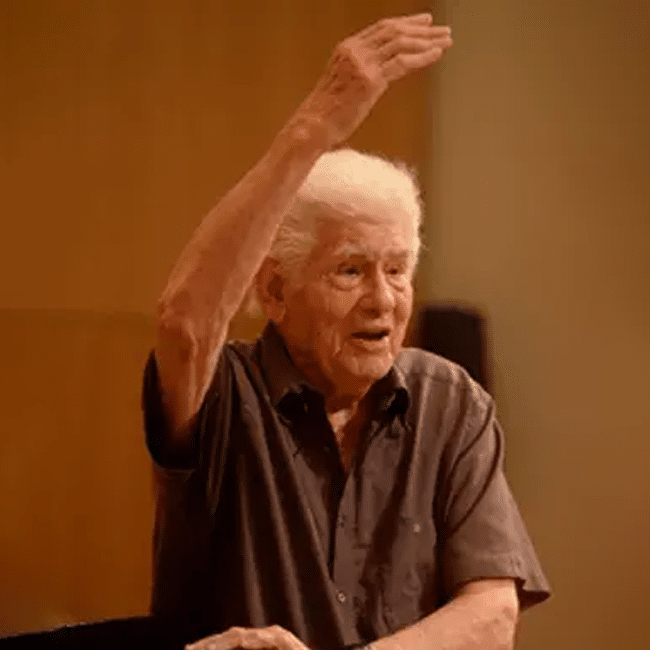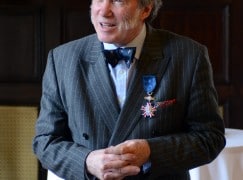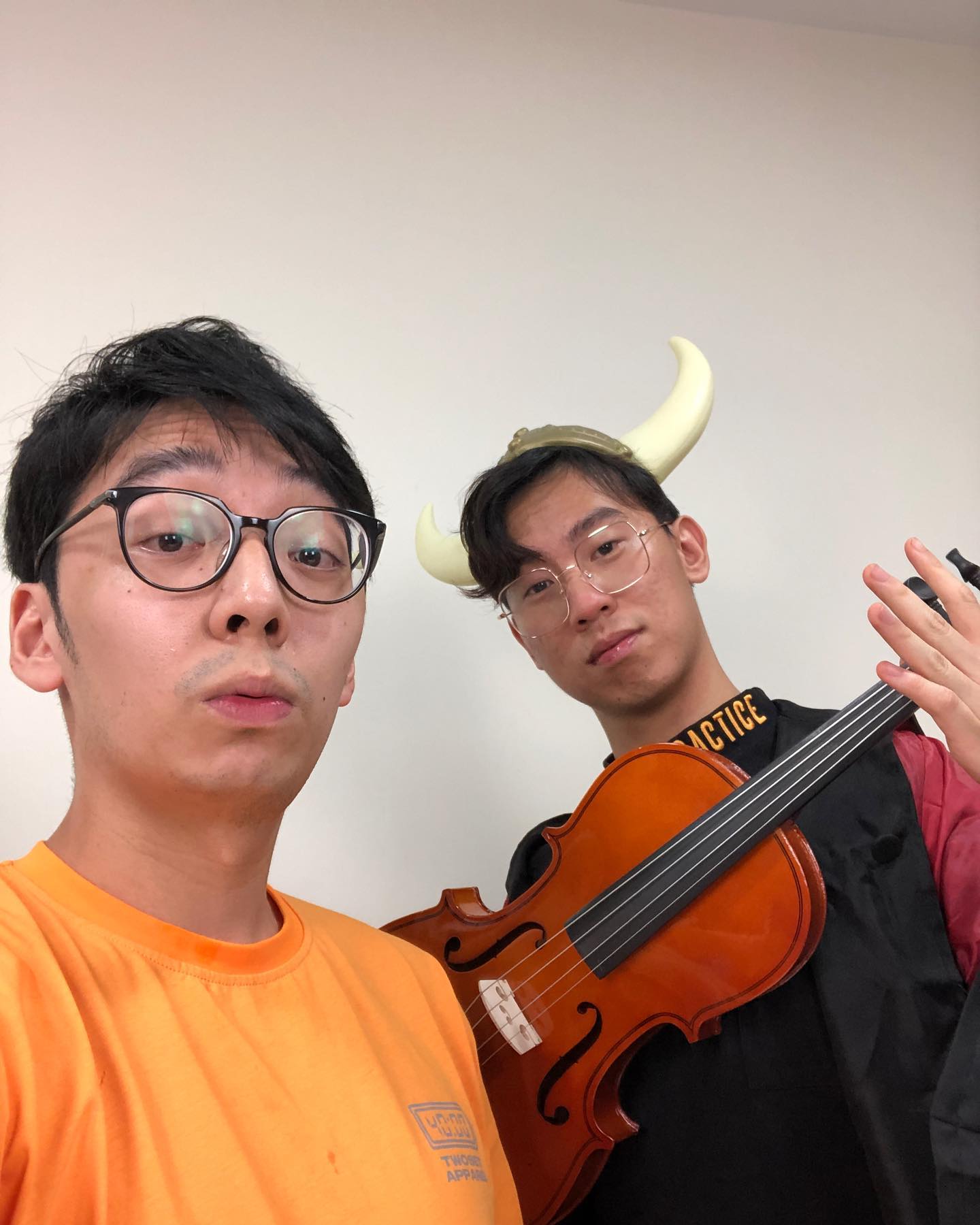Video: How to start the Eroica Symphony
mainErik Carlson has compiled a sequence of the opening chords of Beethoven’s third symphony, as recorded by maestros from Oskar Fried in 1924 to Riccardo Chailly in 2011.
Somewhere among them must be a tempo and a pitch that’s just right for you.






Difficult to follow and identify but a revelation never the less. The big question is which is the best reading and that I feel will never be answered to anybody’s satisfaction. My best choice is and it has been for a long time that of Sir John Elliot Gardiner’s in the movie “Eroica” (Opus Arte DVD) with Mr. Peter Hanson as Leader. His entrance into the hall and subsequent different ways he plays the opening chords to the final version (“urgent” Ludwig said…remember?) I think is the best if not the definitive way and how it should be done. My opinion of course.
Levine ’93
The sound of the modern orchestras converge more and more going into the 21st century, all sounding alike. It is, alas, the internationalization of modern orchestra playing, the same set of maestros hopscotching the globe asking for the same sound, and modern standardized instruments, and of course, standardized recording technology.
The pitch variation is enough to drive you crazy!
Not entirely sure a video uploaded over two years ago really constitutes “news”.
Who claimed that this is a news site?
Szell 1957
Agreed….Szell.
Reiner. Superb.
Funny how after a while you can sort of hear the rest of the theme with the same notes of the chord.
Bette Midler 2002.
So, is it a mini introduction or an anacrusis? “Heads-up” fits both.
Karajan ’84.
Thanks for posting an amusing listening exercise.
Pfitzner — unexpectedly lush
Toscanini 1938 — so slow! did he play the whole movement that way?
Monteux — sounds French
Bohm — recalls the Magic Flute by pushing the tymp forward
Fedoseyev — sounds Russian
Levine — it’s an opera!
And M. Gielen 63 and 84 as faster as a Formula 1 race car
This is cute, but really tells us very little. The main thing it doesn’t tell us is what the principal tempo will be — for example, Toscanini (if I remember his recordings correctly) separated the initial chords from the main tempo and from each other. This has the effect of making those chords into an “introduction,” which is an arguable interpretation at best, but these clips don’t inform us about that. What *is* interesting here is not tempo but articulation. The question is whether the recordings that begin with relatively sustained and spread chords (ignoring Beethoven’s staccato markings) continue in that vein, and whether the recordings that emphasize the initial chords’ Striche continue by playing every staccato chord abruptly.
The opening two chords *are* an introduction. The theme starts in the third measure which is why the first two do not appear anywhere in the recapitulation.
Harnoncourt is great in this work
It says more about tune variations and (ab)using natural and/or artificial reverberation by the sound enginer …
Another vote here for Szell 1957
FURTWÄNGLER both times! Albeit with different orchestras Vienna/Berlin, the attack is the same! Incredible.
The best and greatest conductor of all times.
Carlos Kleiber said of Furty: “nobody can hold a candle to him, not even my father!”
Fascinating. I agree with the comment about Furtwangler’s amazing consistency over the years.
To my ears one of the finest recordings of the Eroica is with Erich Leinsdorf and the Boston Symphony, ca. 1962, not one featured in these clips. The balances throughout are just right, the tempi surefooted and the rhythms beautifully sprung.